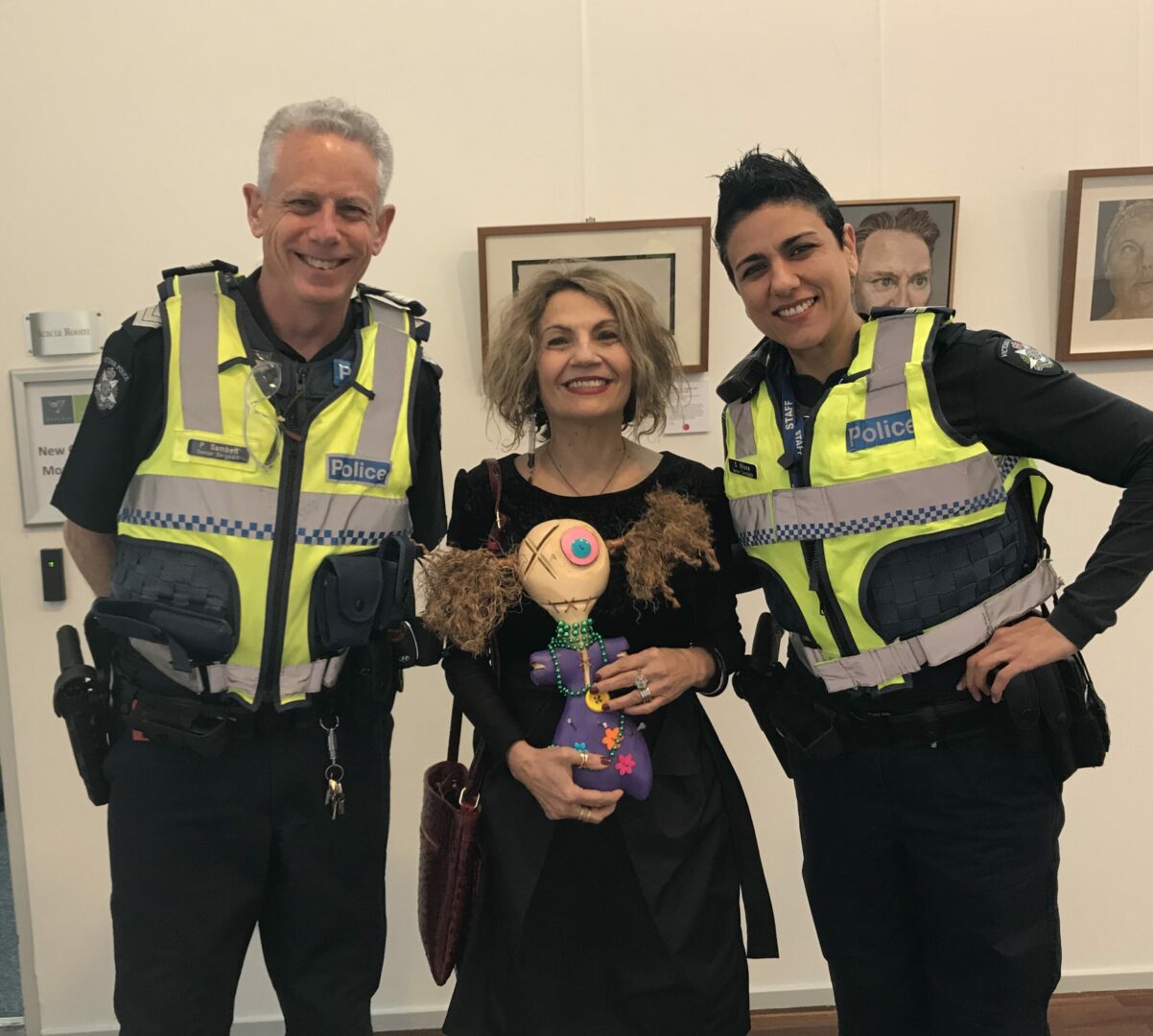Be Informed About the Myths Around Domestic Violence
Be Informed About the Myths Around Domestic Violence


💔 The Cycle of Abuse (Aka the Toxic Roundabout)
Tension Builds
Things get prickly. Eggs get walked on. The vibe? Off.
The Explosion
An outburst. Maybe yelling. Maybe silence. Maybe worse. But the damage lands.
The Honeymoon Phase
Suddenly, it’s roses. Apologies. Tears. “I’ll never do it again.” They might even cook.
The Calm (or the Fog)
Everyone tiptoes. The abuser behaves. Victims second-guess themselves. Was it that bad?
Back to Tension...
And around we go again.
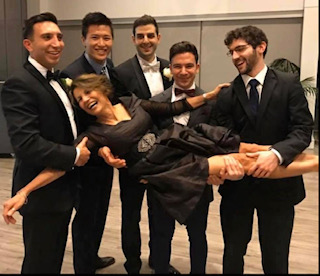


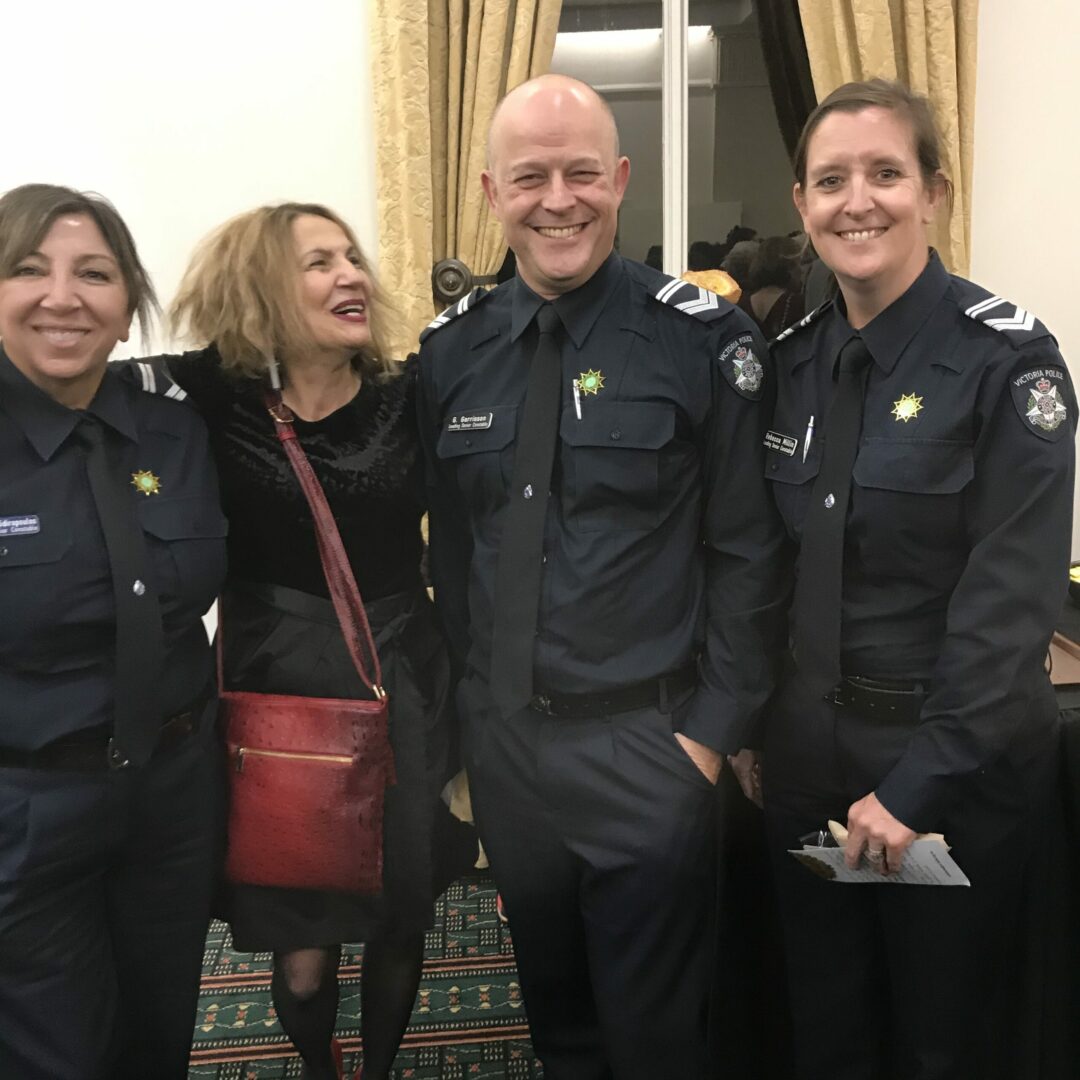

Myth No. 3 Domestic Abuse is a Crime of the Poor and Uneducated.
TRUTH: Intelligence doesn’t make you immune—abuse makes itself at home in all postcodes.
This myth reeks of classism and denial. It suggests that if you’re smart enough, rich enough, or well-dressed enough, abuse can’t touch you. Tell that to the doctors, lawyers, judges, and Hollywood actors who’ve been arrested for assaulting their partners.
Education and income might change the setting—but not the story. Domestic abuse is about power and control, not poverty or IQ.
In fact, well-off abusers are often better at hiding it. They know how to manipulate systems, charm outsiders, and keep their image squeaky clean. Meanwhile, victims may feel extra shame, fearing they won’t be believed because “you seem to have it all.”
If you think abuse skips the educated, remember: gaslighting works best on people who second-guess themselves.


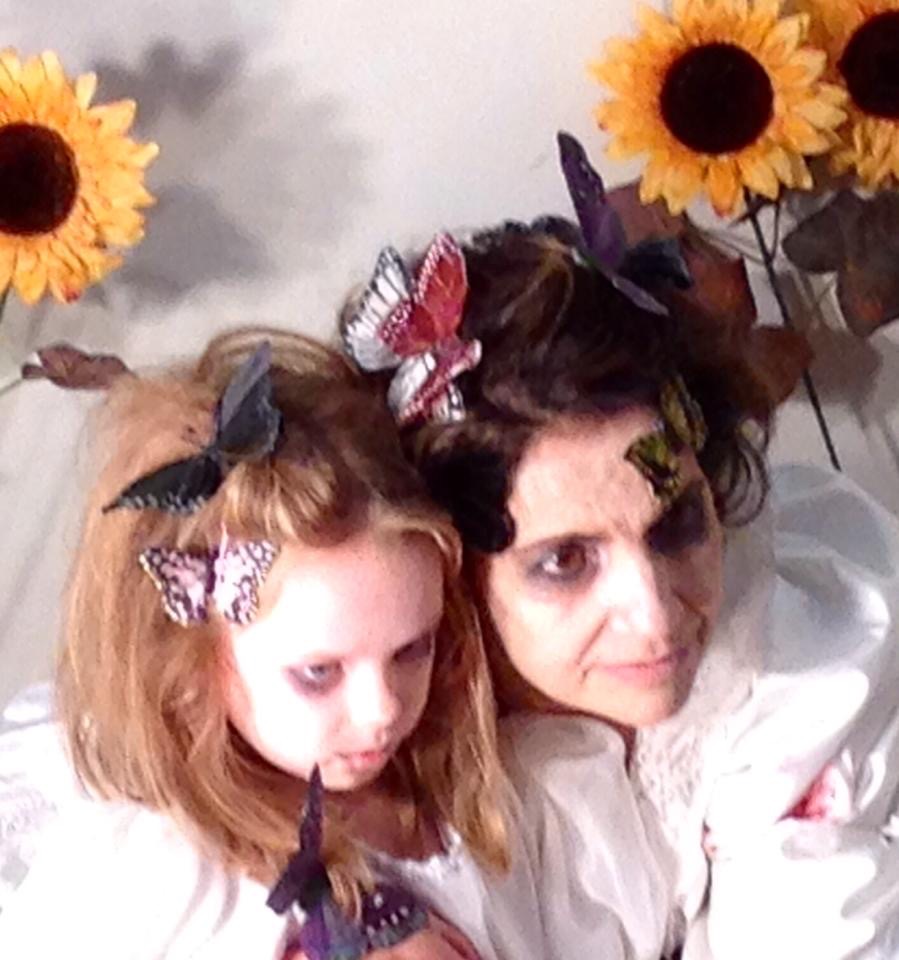
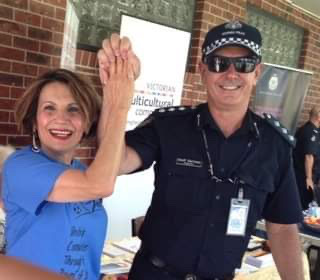
Myth No. 5 ❌ Myth No. 5: The Abuser Just Snapped.
Oh sure—just “snapped” like a twig. Or a toddler denied snacks.
Let’s bust this wide open: abuse isn’t a one-off meltdown. It’s a pattern—calculated, controlled, rehearsed. Abusers don’t "snap" at their boss or their barista. No, they save that show for the people behind closed doors.
This isn’t about anger issues. It’s about power and control.
Psychologists have long flagged this: abuse tends to follow a cycle—tension, explosion, apology, repeat. That’s not snapping. That’s strategy.
As lawyer Natalia Otero put it: “Violence for them is not a random act—it’s a way of controlling a situation.”
So let’s retire the excuse that someone “just lost it.” They didn’t. They planned it.
